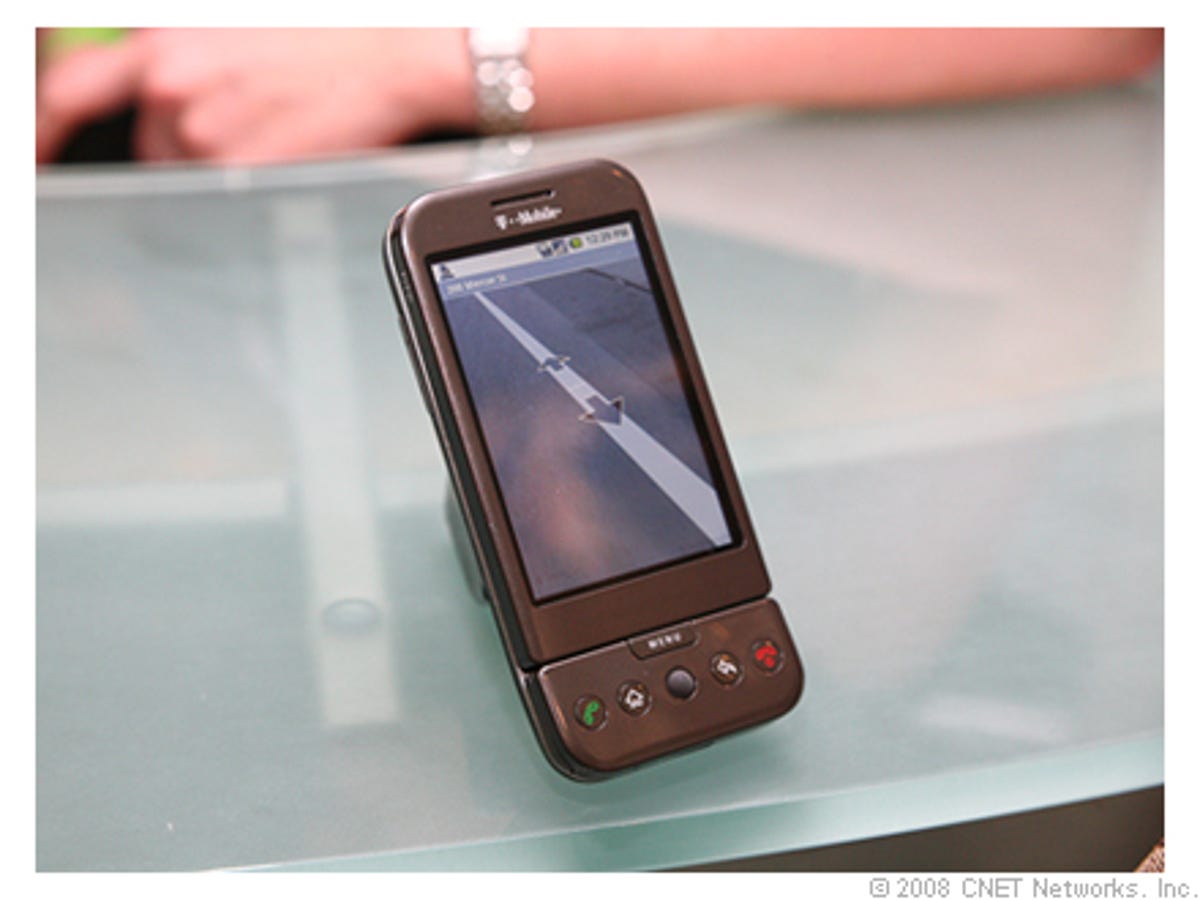
The first Android smartphone: HTC's G1
HTC got on the Android bandwagon early, partnering with Google and wireless carrier T-Mobile to release the G1 in September 2008. It was the first ever Android smartphone. HTC was previously committed to Windows Mobile, but went all-in with Android after this.
HTC Sense makes its debut
While the G1 was the first Android smartphone, the HTC Hero, released in 2009, was the first to employ the Sense user interface software. It ran on top of Android and made the phone more approachable thanks to little touches like the retro clock and weather widget, which would be mainstays for years.
HTC goes heavy metal
Another popular smartphone around the world -- but not the US -- the Legend incorporated an aluminum body years before Apple's iPhone.
Google partners with HTC again on Nexus One
When Google sought to go after consumers directly with its own smartphone, it again partnered with HTC to build the Nexus One. Unfortunately, the direct-to-consumer route through its own website flopped, even if it set up the groundwork for future device sales through the Google Play store.
HTC Desire is a hit around the world
The HTC Desire brand was well known around the world, although it was rebranded and tweaked in the US. Today, HTC has resurrected its Desire name to signify its more affordable line of smartphones.
Sprint gets a legitimate flagship phone
Sprint finally had a smartphone it could brag about: The Evo 4G smartphone. The device was the first to run on its WiMax 4G network, making it one of the fastest phones in the market. It also featured a kickstand in the back, so you can prop it up to watch videos.
Droid Incredible makes its mark
An example of a smartphone specifically built for a US carrier, the Incredible was part of Verizon's family of successful Droid smartphones.
HTC takes an ill-advised jump into 3D
HTC's history of jumping on new trends didn't always pay off. In 2011, the company installed two camera lens to create a 3D effect for photos. The results was...disorienting for some. It didn't have the same impact as the original Evo.
Facebook smartphone, take one
HTC originally introduced the Salsa and ChaCha at Mobile World Congress in 2011, with the ChaCha debuting in the US through AT&T as the Status. What set the phones apart was the inclusion of a dedicated Facebook button on the bottom. They came at a time when the company released too many different phones. HTC didn't work with Facebook on this phone -- that would come later.
HTC strikes with LTE-powered Thunderbolt
Just like HTC was the first to debut with the Sprint 4G-powered Evo, it was the first to launch a 4G LTE-powered smartphone on Verizon's network. But early hiccups with the network and connection issues with the phone made it a poor experience.
HTC hits the wrong chord with Rhyme
The HTC Rhyme was clearly designed for female consumers -- even if Verizon or HTC refused to admit it. It was another example of HTC's willingness to work with a carrier on specific smartphones, even when they don't pan out.
Streamlining things with the HTC One line
After seeing its product lineup balloon, HTC sought to get back to basics in 2012 with the One line of smartphones. The One X would be the flagship smartphone, followed by the One S and One V. While well received for their designs, the smartphones performed poorly when stacked up against the iPhone and Galaxy S franchises.
It's just One now
In 2013, HTC slimmed things down even further with a single flagship smartphone, the One. The smartphone was first to utilize an aluminum body, as well as a revamped version of Sense that ditched the famed retro clock-and-weather widget for a more modern look. It also introduced the Blinkfeed Flipboard-like news feed and Zoe camera. Like the One X, it was adored by critics, even if sales lagged behind stronger rivals. Later in the year, it added a jumbo and compact version of the phone.
Facebook phone flops
Second time is not the charm, as HTC found out with the First. It was its second attempt to create a Facebook phone, this time in cooperation with the social network giant itself. Facebook employed its Facebook Home interface on top of Android, with the bet that consumers wanted to be connected to their buddies all of the time. Turns out, it bet wrong.
HTC One M8 makes its debut
HTC in 2014 tweaked the body, adding more metal and making some improvements to a fan favorite, including adding a second camera lens for depth perception. The smartphone picked up more momentum, especially as the company rolled out multiple variants of the device.

